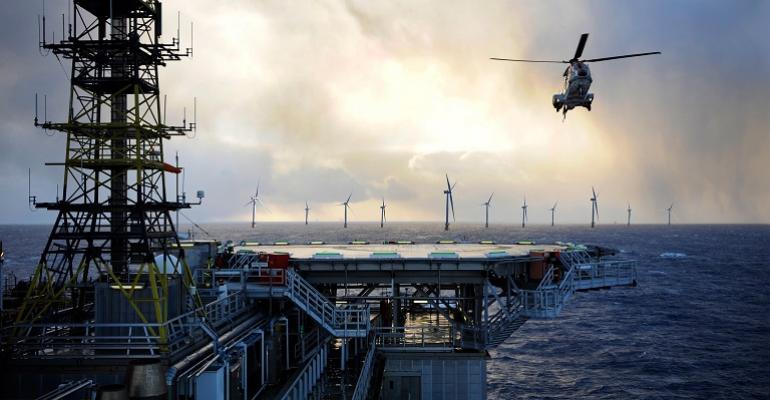This was one of the conclusions of an expert panel of presenters at Offshore & Floating Wind Europe 2023, an online event organised by Thomson Reuters last week and moderated by Kate Freeman, Managing Consultant at BVG Associates.
Fixed installations can be sited in water depths of up to about 50m, but floating assets can technically be located in depths of 1,000 metres or more. Floating technology therefore opens up a vast range of opportunities in deepwater locations including, for example, the west coast of the US where the shore falls off steeply into the Pacific Ocean.
The cost of floating wind has reduced dramatically with a rapidly developing supply chain and modular construction techniques. In fact, energy costs are coming into line with power produced at fixed installations and will fall further in the future, the panel agreed.
Benefiting from at least five decades of oil and gas development and capable of self-funding, Norwegian state energy company Equinor is number one in the floating field, with five turbines at Hywind Scotland operating successfully off the coast of Peterhead for the last four years, producing 30MW of electricity. The company has also developed Hywind Tampen, where eight floating turbines produce 88MW of power, providing electricity for oil and gas production at the Snorre and Gulfaks fields in the North Sea.
Equinor’s Vice President, Floating Offshore Wind, Sonja Indrebø, outlined some of the potential benefits of floating versus fixed offshore wind structures. Wind farms can be located further from the coast, she said, in deeper waters where winds blow more strongly, predictably, and consistently.
Asset construction is likely to be modular and assembly will take place at specialised terminals ashore. Plant will be towed to sea to connect with pre-installed mooring system on site. This will provide more scope for local and regional content and cut installation costs. It may also enable even larger turbines to be used, probably up to 20MW later this decade.
Cerulean Winds’ shareholder, Dan Jackson, posed the rhetorical question: “Have we actually maxed out on fixed wind?” The dramatic expansion in turbine size may be close to reaching practical limits, he said, for fixed installations.
Meanwhile, floating technology offers a wide range of opportunities for countries in both the developed and developing world. It can be used as a source of green energy and fed into local grids. But, he said, in the developed world, we should be looking at large-scale decarbonisation opportunities available in the oil and gas sector, as well as energy-intensive industrial applications.
Cerulean is preparing to install 200 floating turbines at sites west of Shetland and in the central North Sea. The 3GW of power will be used to provide energy for oil and gas assets and three onshore hydrogen plants in the north of England, north-east Scotland, and Shetland. Following an agreement with engineering company px Group, which will operate the hydrogen generation facilities, Cerulean plans to start operations in 2024.
Floating wind vessel requirements will be different. There will be no need for the large wind turbine installation vessels required for today’s fixed installations, for example. But there will be a requirement for large dynamically positioned anchor handling tug supply ships and, of course, the service craft will need to be much larger with greater endurance capabilities.
Copyright © 2024. All rights reserved. Seatrade, a trading name of Informa Markets (UK) Limited.
Add Seatrade Maritime News to your Google News feed.  |

